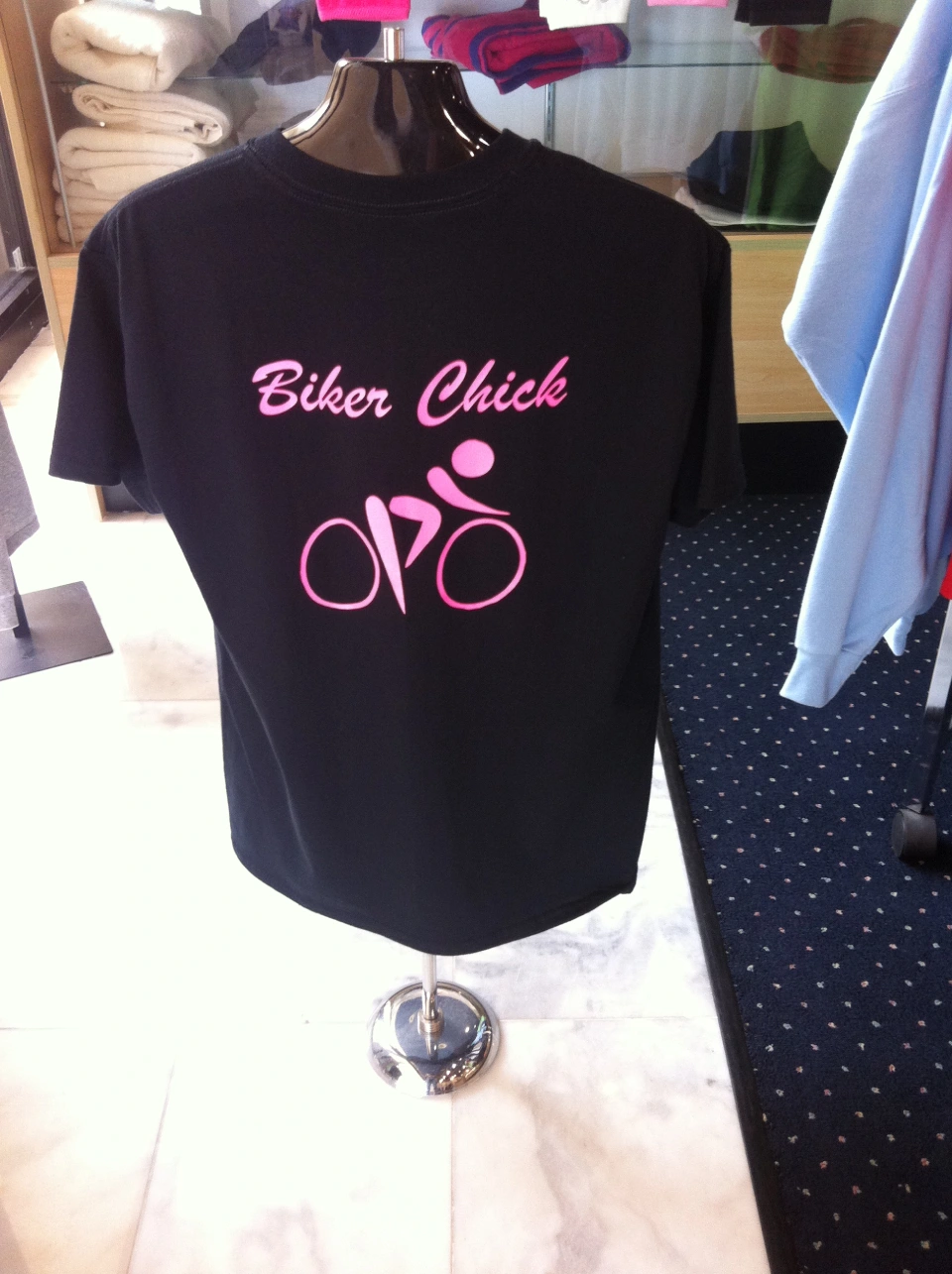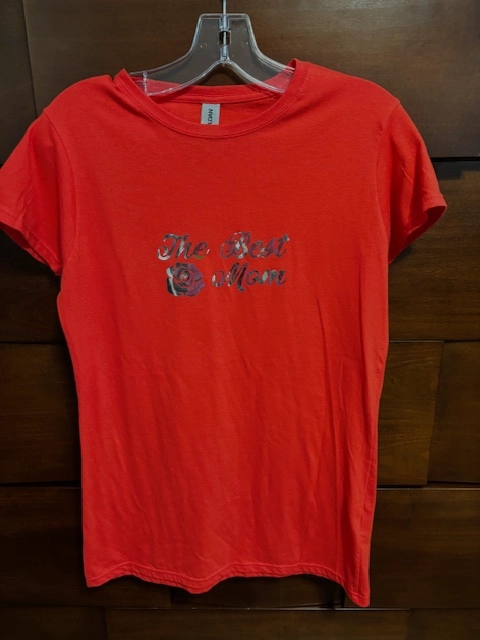Embroidered Sports Teams Names and Numbers - Professional and Long lasting
Embroidered Sports Teams Names and Numbers - Professional and Long lasting
Blog Article
The Art of Custom Embroidery: Opening the Secrets to Creating Special and Unforgettable Styles
Needlework, a craft steeped in practice and virtuosity, holds within its elaborate stitches the power to transform material into a canvas of distinct expression. The tricks to creating personalized embroidery designs that mesmerize the eye and leave an enduring impact lie in a fragile balance of strategy, creative thinking, and interest to information. As we delve right into the world of personalized needlework, we uncover the nuanced interplay in between string selection, sew complexity, and style personalization that elevates a simple garment to a masterpiece. Join us on a trip via the art of custom-made embroidery as we untangle the secrets behind crafting really unforgettable and unique productions.
Selecting the Right Embroidery Threads
When choosing needlework strings, what vital factors should you take into consideration to make sure the very best outcomes for your personalized designs? The option of embroidery thread is critical in figuring out the last end result of your stitched design. One of the main factors to consider is the material of the thread. Various products such as cotton, polyester, rayon, and silk supply differing degrees of luster, sturdiness, and structure. It is necessary to pick a string product that complements the fabric you are stitching on and straightens with the desired look of the design.
Thicker threads can add dimension and structure to your layout, while finer threads are ideal for complex details and small text. Additionally, thinking about the shade fastness and washability of the thread is vital to guarantee that your customized designs maintain their top quality and vibrancy over time.
Discovering Different Stitch Methods
To look into the world of 'Discovering Different Stitch Methods', one need to comprehend the intricacies and nuances that each stitching technique gives the art of needlework. Different stitch techniques not just add visual rate of interest yet additionally contribute to the total appearance and dimension of the style. One preferred stitch method is the satin stitch, which entails very closely stuffed parallel stitches to create a smooth and shiny surface area, perfect for filling up in forms and developing strong lays out.
On the various other hand, the backstitch is a flexible technique typically made use of for detailing and including fine details. It involves sewing in reverse to produce a solid line of embroidery. In addition, the French knot stitch includes a responsive aspect to layouts, ideal for creating textured accents like blossom centers or ornamental touches.
Discovering different stitch methods permits embroiderers to have fun with light, shadow, and deepness within their designs, elevating the visual allure and creative quality of their needlework projects. By grasping various stitching techniques, one can open unlimited opportunities for creating special and memorable customized needlework items.
Incorporating Personalized Design Aspects
Having checked out the complexities of different stitch strategies such as the satin stitch, backstitch, and French knot, the focus now moves towards incorporating individualized design elements in custom-made embroidery projects. Personalized style components play a critical duty in making needlework jobs really unique and remarkable.
One more method to include personalized design aspects is by consisting of Get More Information signs or motifs that hold special significance to the recipient or reflect their interests and character. Integrating a favored blossom, animal, or hobby-related icon can make the embroidery design more meaningful and personalized. In addition, picking shades that resonate with the recipient or straighten with the intended theme can additionally boost the personalization of the needlework project.
Grasping the Art of Color Control

One secret facet of shade coordination is recognizing color theory. This consists of understanding just how various colors connect with each other, the emotions they communicate, and just how they can be combined to develop aesthetically appealing layouts. By applying color theory principles, embroiderers can develop harmonious color combinations that improve the general appearance of the layout.
Furthermore, taking notice of contrast is crucial in shade sychronisation. Making use of contrasting shades can help certain elements of the design pop, enhance clarity, and develop an aesthetically dynamic needlework item. By mastering the art of shade coordination, embroiderers can raise their styles redirected here and produce unforgettable items that reverberate with customers and visitors alike.
Enhancing Appearance With Advanced Needlework Stitches

French knots, for instance, are best for adding tiny, raised dots to your design, simulating the look of grains or producing a textured surface area. Bullion knots, on the other hand, can be used to create twisted, ropelike aspects that include an elegant feel to the embroidery. Seed stitching involves tiny, scattered stitches that can fill out areas with a speckled structure, while turkey work creates fluffy, dimensional accents reminiscent of pet hair or vegetation. Experimenting with these advanced needlework stitches permits you to press the borders of typical needlework and produce truly unique and aesthetically appealing structures in your designs.
Conclusion
To conclude, the art of custom-made needlework includes a combination of choosing the ideal threads, discovering various stitch methods, including individualized layout elements, mastering color control, and enhancing appearance with innovative stitches. By understanding and executing these crucial elements, embroiderers can create special and unforgettable styles that display their imagination and ability. Needlework enthusiasts can open the keys to creating lovely and custom items that stand out and leave a lasting impact.
Report this page